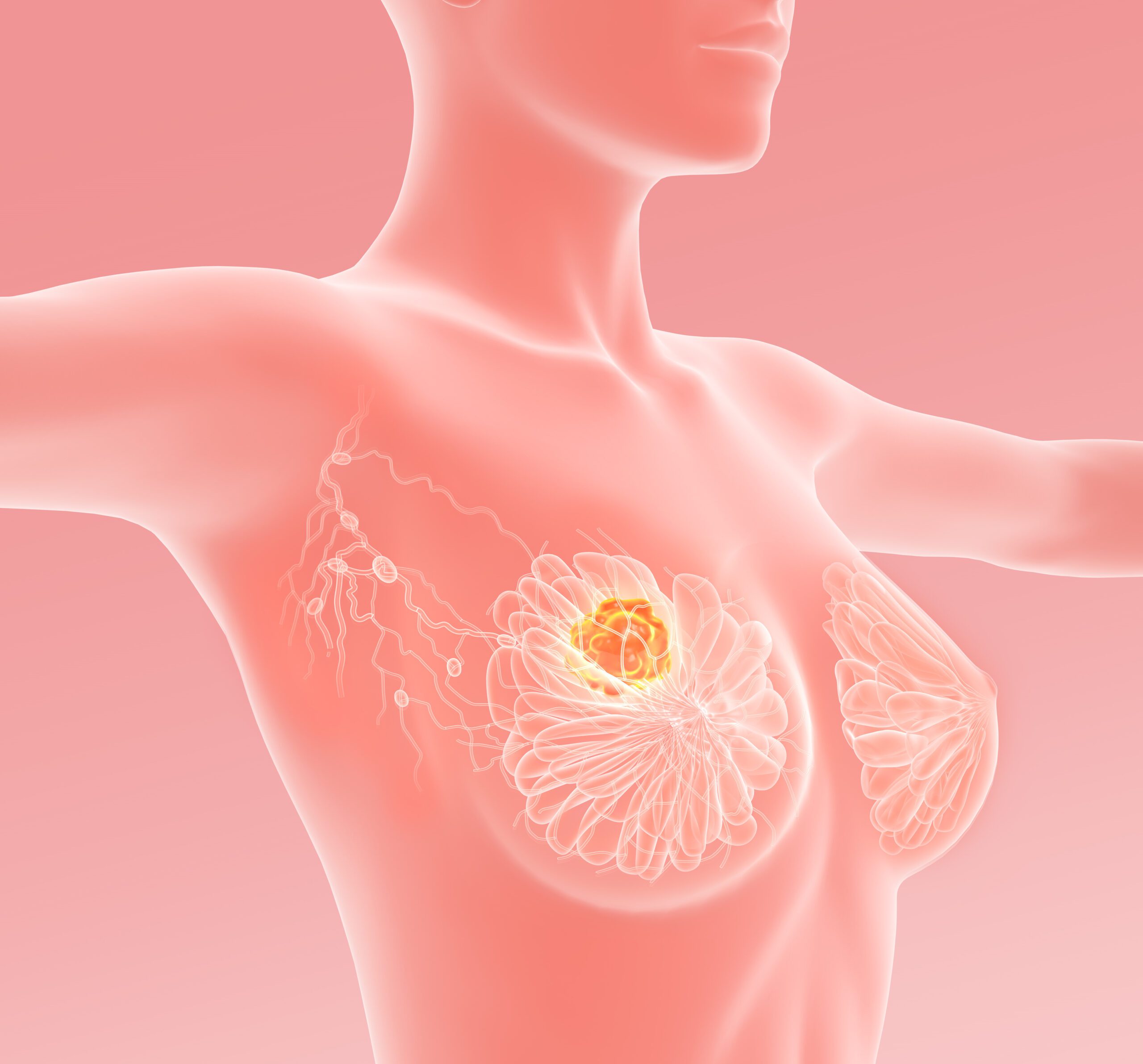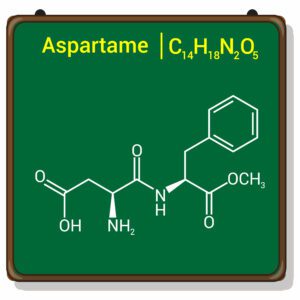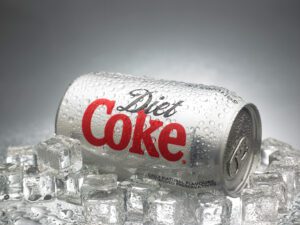
I know that you are very aware of the threat that breast cancer poses to American women. This devastating disease has touched most of us personally – my own family included.
We’ve all heard the statistic: An American woman has a 1 in 9 chance of developing breast cancer over the course of her lifetime. The risk of breast cancer increases with age. Keep in mind, these statistics do not say that 1 in 9 women die from breast cancer. That percentage is much lower, but that is little comfort.
What’s the other thing you hear about all the time? Mammograms! A new study in the February 2014 issue of The British Medical Journal published startling research on the value of this diagnostic test. My primary problem with our society’s exclusive focus on mammograms is that they are not prevention. A mammogram is a form of early detection of the disease. I want to help you prevent the disease in the first place!
Don’t Wait to Find a Lump! Let Me Show You How to Fortify Your Defenses and Detoxify Your Environment
Now, I’ll admit, we still have a lot to learn about breast cancer, but we already know many of the factors that increase or decrease your risk for this disease – factors that are in our power to change!
We know, for example, that the incidence of breast cancer for Japanese women eating the traditional diet is one-quarter that of U.S. women. We could dramatically cut the breast cancer rate in this country just by getting people to eat soy foods. The public is being told none of this. That’s why I feel compelled to spread the word about prevention. Please don’t see these risks as reasons to become scared. They are opportunities for you to take charge of your health.
You already know what your body needs for peak performance: lots of clean water, healthy foods, moderate exercise, and the right doses of vitamins and minerals. (And men, this advice will help protect you from prostate cancer, so keep reading). Now, let’s get on with the ways you can protect yourself.
Right up front, I want you to know that every risk factor for breast cancer – except for exposure to radiation and electromagnetic fields – is connected to an excess of estrogen in the body. But don’t blame your body. As odd as it sounds, your body makes only a tiny amount of the estrogen or estrogen-like substances that you take in.
Estrogen, of course, is the hormone that is responsible for female development: the growth of breasts… pubic hair… and reproductive organs. It also stimulates the growth of uterine tissue during the menstrual cycle. In general, estrogen stimulates tissue growth and the retention of fat and water. There’s much more to breast cancer however, than the estrogen you produce in your body.
Chemicals made from petroleum have a molecular structure that is similar enough to estrogen that they act like estrogen in the body. We make a myriad of things from petroleum, and they all can contribute to an overload of estrogen in the body.
The most potent petroleum products are pesticides, herbicides and fungicides used to spray fruits, vegetables, lawns and gardens. These chemicals known as xenoestrogens (zeeno-estro- gens) mimic the action of estrogen in the body.
Don’t use lawn chemicals: That includes pesticides, weed killers or fungicides on your lawn and garden. I’m certainly not green with envy when I see a home with super-green grass. I know the owners have contracted with a lawn care company that coats the ground month after month with weed-killers and chemical fertilizers – risking the community’s health, for what?
There are numerous books, magazines, blog posts and local organizations that can tell you how to successfully manage pests without the use of these poisons. Check your local library or bookstore. Of course I recommend you avoid indoor bug sprays and flea bombs, too.
Buy organic produce: We’re picking up a lot of xenoestrogens in our food. (Washing produce with water does NOT remove pesticides). I know it’s more expensive to buy quality organic produce, but I urge you to go organic wherever you can. The Environmental Waste Group (EWG) publishes a Dirty Dozen and Clean 15 list that you’ll find extremely helpful when buying organic produce. This is a list of produce items that tend to have the highest levels of pesticide residue (even after being washed and peeled). These 12 items are what you want to spend your organic budget on wherever possible. You can find this list on the EWG’s website at www.ewg.org.
Nutritional science offers one of the greatest hopes in the fight against breast cancer – and breast cancer prevention! The good news is that research has confirmed time and time again that certain foods… vitamins… antioxidants… and enzymes can be looked at as sources of preventative medicine.
Let’s talk for a minute about digestive enzymes – and why I consider them to be critical for breast cancer treatment and prevention.
Digestive enzymes provide excellent nutritional support for cancer patients. They help improve digestion and lessen the digestive burden on the body – leaving more reserves for disease eradication. Enzymes are also given to soothe side effects from harsh chemotherapy and radiation regimens.
For example: In a German study published in the journal Cancer Chemotherapy and Pharmacology, breast cancer patients undergoing surgery, radiation, chemo or hormone therapy were broken into two groups. One group received oral enzymes and the other group of patients did not receive any enzymes. The objective was to determine whether complementary treatment with oral enzymes can reduce typical disease symptoms and side effects from therapies. These side effects include tumor pain… gastrointestinal problems… mental problems… and more.
The results? For all symptoms (except tumor pain) the improvement in pain relief scores was higher in women who received oral enzymes – than those who received nothing.
To help boost your body’s supply of health-saving digestive enzymes, I recommend Nutri-Zyme – available exclusively from NutriCell Health. See the enclosed insert for more information on all 7 high-quality enzymes contained in this powerful supplement!
Once again – exercise! I’m not advocating that women should strive to have the body of a supermodel. But it’s important to maintain a healthy weight. As the years go by you will naturally accumulate some fat around your stomach, hips and thighs – but that doesn’t mean you have to be flabby! If you are flabby, don’t be ashamed. Fatty tissue produces estrogen, even after menopause.
It has been shown over and over again that women who exercise regularly have a much lower risk of getting breast cancer. You don’t need to do anything fancy – a 20-30 minute walk three for four days a week will do the trick.
The second health booster is fiber! Low-fiber diets boost estrogen levels. Here’s why: Your body dumps estrogen into the large intestine to be eliminated. If you have lots of fiber in your colon to absorb the waste products, you’re doing great! If you don’t, the estrogen is reabsorbed into the body. A study of nearly 60,000 women in Canada showed that those women with the highest fiber intake had a 30% reduction in the risk of breast cancer compared to those with the lowest fiber intake. Wow! I’d like to see that on the news night after night!
If you eat a diet rich in whole grains and fresh fruit and vegetables, you will naturally get all the fiber you need. However, for that extra measure of protection, add one-half cup of oat bran to your cereal or yogurt, or take 1 tsp. of psyllium in water or juice every morning. You can find psyllium at your local health food store.
Radiation is well established as a carcinogen, and your breast tissue is particularly susceptible to radiation. X-rays are an important diagnostic tool but are not to be treated lightly. I imagine you’re already using X-rays judiciously. Chest X-rays should not be a part of an annual physical exam, unless there is good reason to suspect lung disease. A good physician can tell a lot by listening to your chest with a stethoscope. If your dentist wants to take X-rays, find out if they are truly necessary.
Finally, I don’t want you to become paranoid, but a number of very large population studies link strong electromagnetic fields to higher cancer rates (with a strong uptick in childhood cancers).
Electromagnetic fields (EMFs) are produced by radar, computer screens, household appliances, high power lines and most things electric. Since every cell in your body has its own electromagnetic field, it’s not hard to see that strong electromagnetic fields from outside sources could damage healthy cells.
There’s tremendous incentive to keep a lid on the dangers of EMF’s. I’d rather you be safe than sorry and take some simple precautions to reduce your exposure to these waves:
Buildings that are improperly wired and grounded can give off very high levels of electromagnetic energy. (It’s also preferable not to live next door to an airport or military facility using radar, near radio or TV towers, or next to a transformer). To check your home, you can buy a meter that measures electromagnetic fields. A good, affordable meter is available at the Test Equipment Depot. Visit www.testequipmentdepot.com to find out how to measure the fields and what you can do about a high field in your home.

A new study suggests that a widely used sugar substitute found in diet sodas, chewing gum, and low-sugar yogurt may elevate insulin levels. This could increase the long-term risk of heart disease. “Artificial sweeteners have infiltrated nearly all types of food, making it crucial to understand their long-term health effects,” said Yihai Cao, senior author […]

Diet Coke has long been a fan-favorite among soda lovers who want a fizzy, guilt-free alternative to traditional soft drinks. While its zero-calorie, zero-sugar label makes it seem like a healthier option, the reality is far more concerning. Despite its undeniable popularity, Diet Coke’s nutritional profile has raised red flags among health experts for years. […]

New study shows that embracing an anti-inflammatory, plant-forward diet can support cognitive function and help reduce the risk of dementia. What You Eat Shapes Your Brain The food you eat doesn’t just impact your body—it also affects your brain. Research suggests that eating an anti-inflammatory, plant-based diet can help improve memory, focus, and overall brain […]